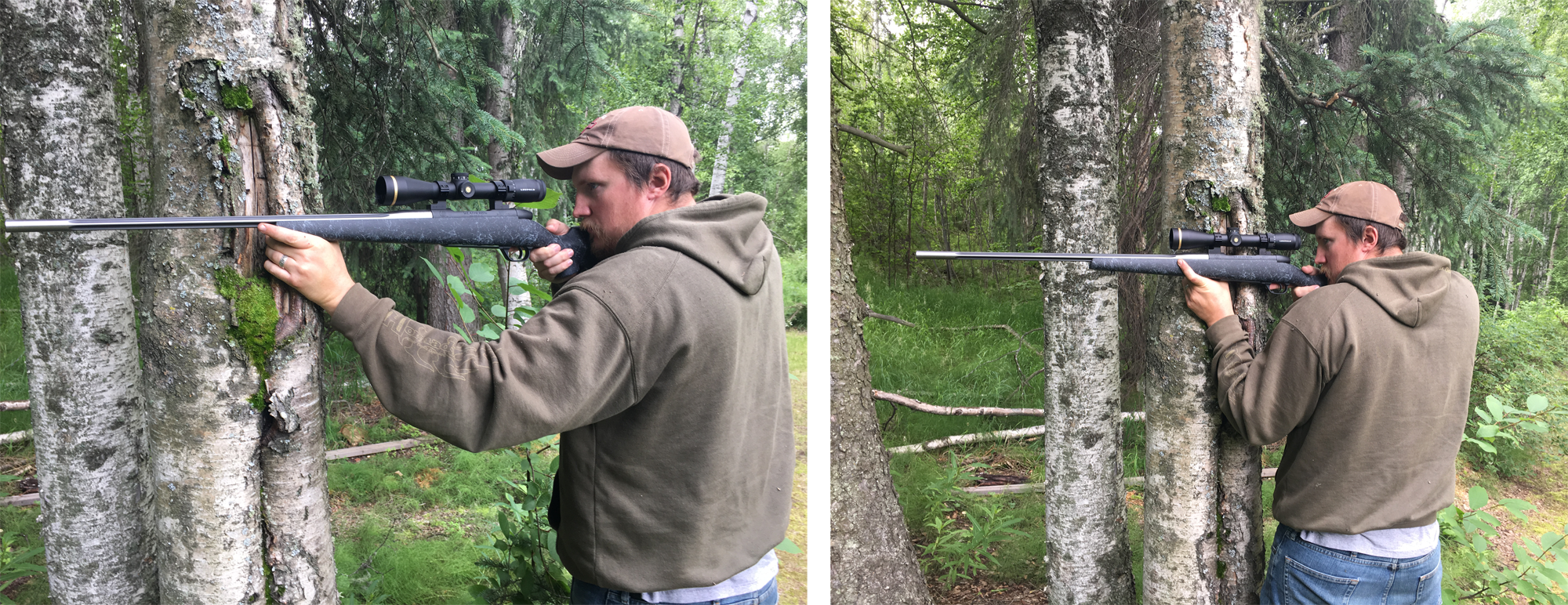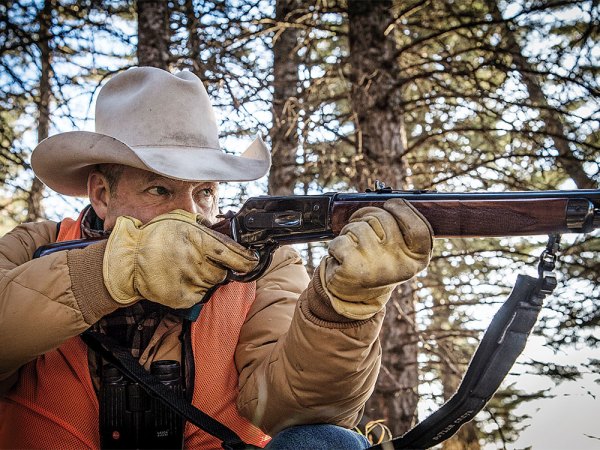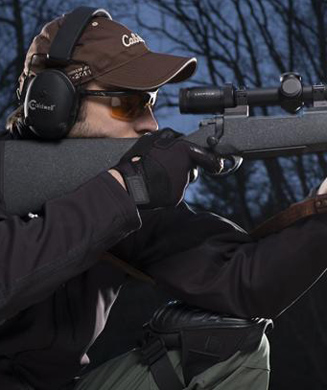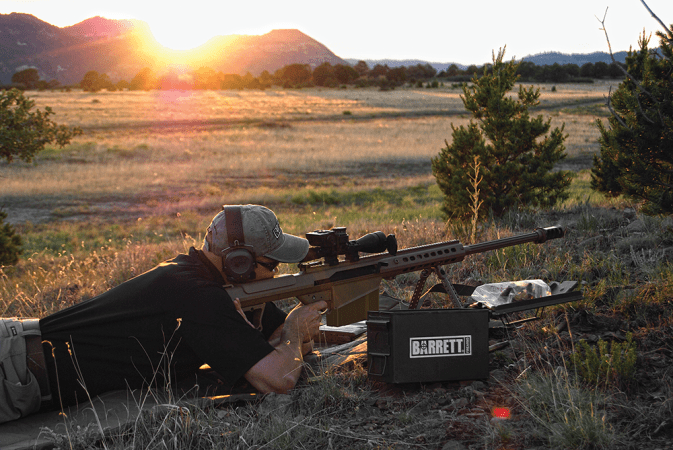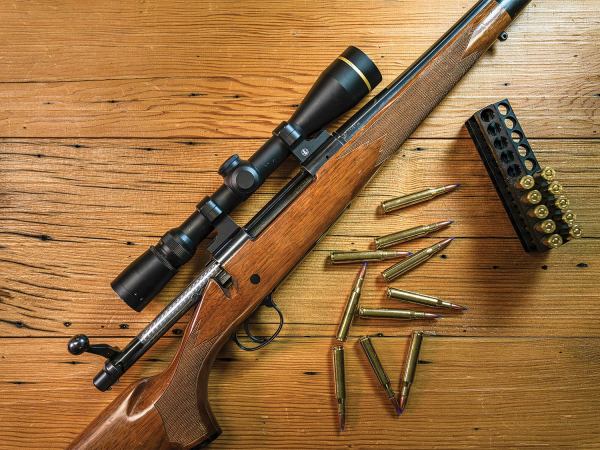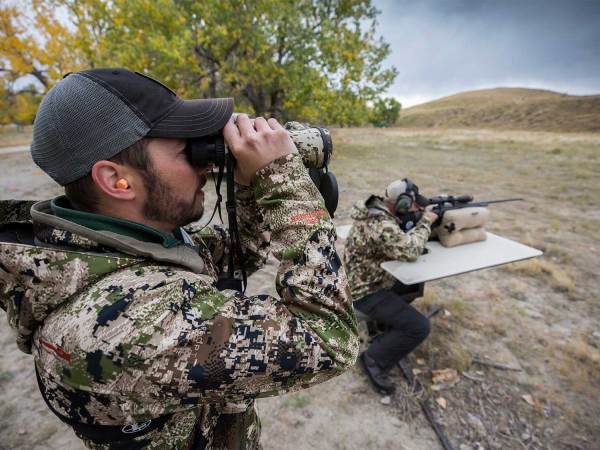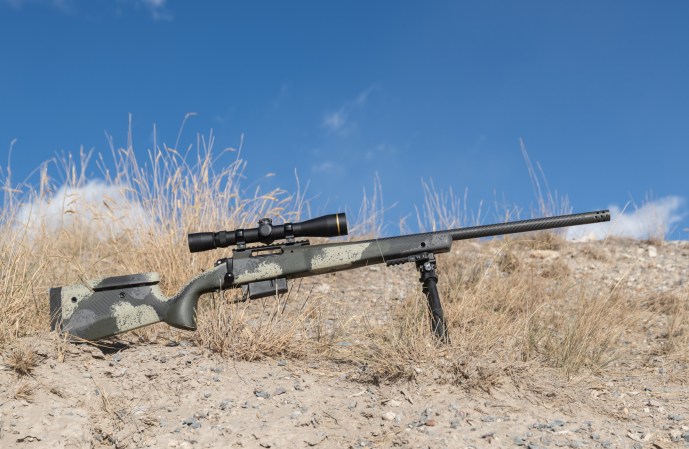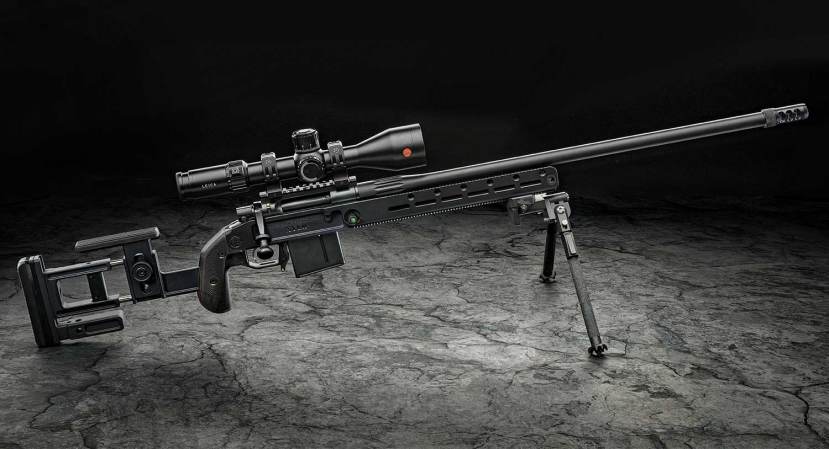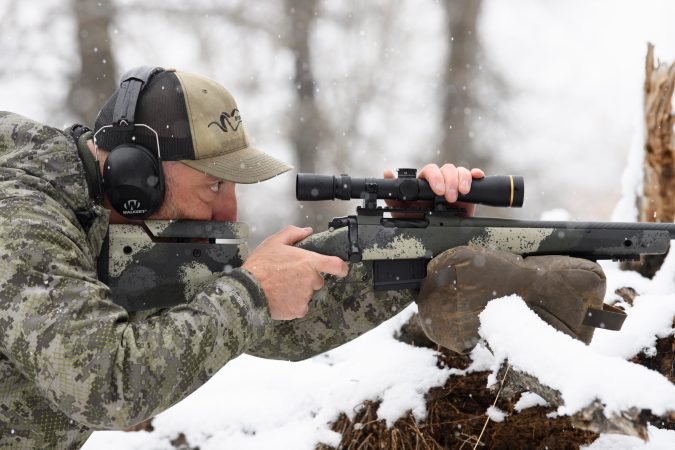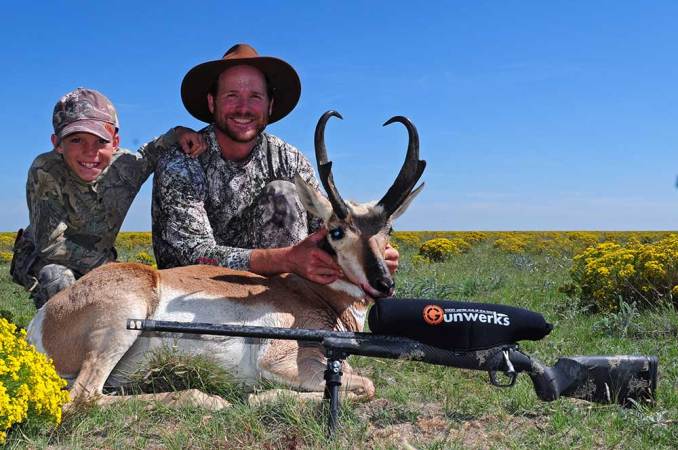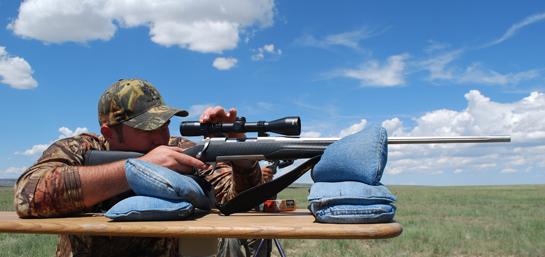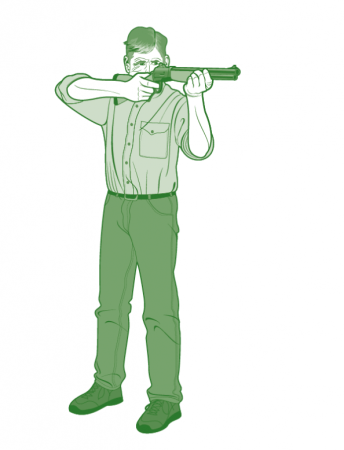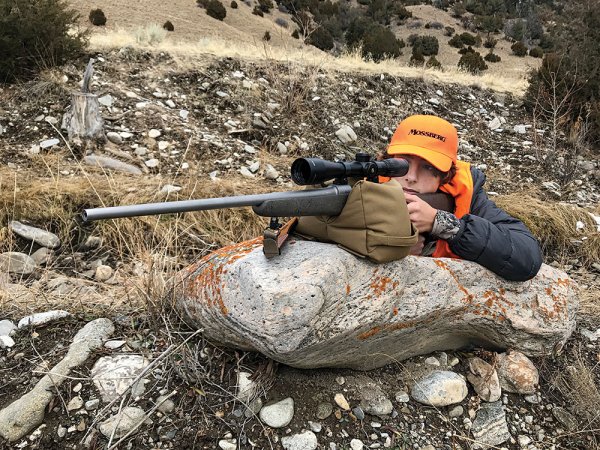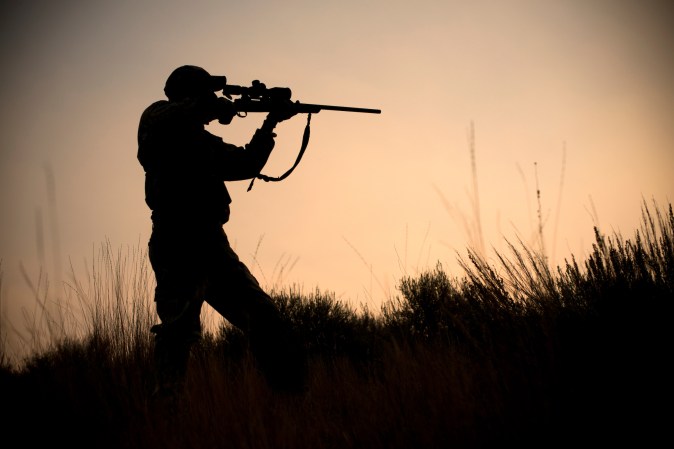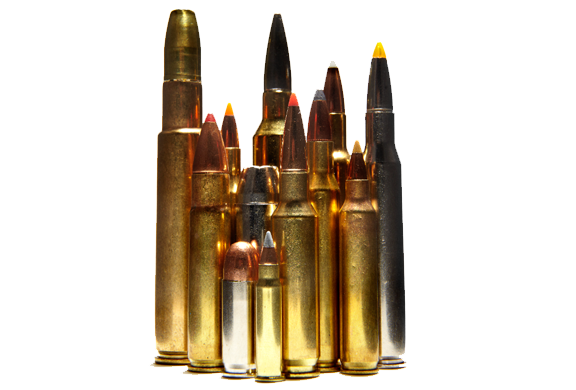We may earn revenue from the products available on this page and participate in affiliate programs. Learn More ›
One of the first things a rifle hunter learns is the value of a rifle rest. Sometimes offhand shots are necessary, but in virtually every case where it’s possible, we utilize some sort of rest for our rifles. While hunting in the field, sand bags or a lead sled are usually out of the question, so we often use improvised rests. We want to set ourselves up for a good shot as best we can, so learning how to get the most out of whatever rest you use is very valuable, if not necessary.
In an ideal world, my ideal in-the-field shooting position is fully prone, off a bipod, with the rear of my stock supported. Sometimes it works out like that, but often it doesn’t. As a principle, the more points of contact you and your rifle can make with something solid, the less movement is translated to your crosshairs. This is why, in a prone position, it’s ideal to have both the front and back of the rifle supported. But the real world and ideal world often are two totally different things, so here’s a few things you can keep in mind to improve your accuracy when using improvised rests.
1. Rest It Right
First, I’ll address probably the most common mistake I see with shooters using improvised rests. Whether you’re using a tree limb, shooting sticks, a backpack, or anything else, you never want to rest your rifle directly on the barrel. Depending on the rifle, this abnormal pressure on the barrel will throw off your point of impact to varying degrees. I’ve seen some rifles exhibit a significant impact shift just with camo tape wrapped around the barrel, so my rule of thumb is: nothing touches the barrel.
Another thing I often see is a tendency to rest the rifle very far forward on the fore end, in many positions. This is a good thing if you have some support for your stock, because it will increase stability. But if you cannot rigidly support the rear of the stock, it’s more difficult to maintain a steady sight picture—you have to apply a greater amount of non-rigid support with your shoulder to try and steady it. One thing that has worked very well for me is to rest the rifle as close to its balance point as possible. Often this is close to, or directly under, the action. This requires you to exert less force and effort to maintain a steadier sight picture because you aren’t having to fight to keep the rifle balanced.
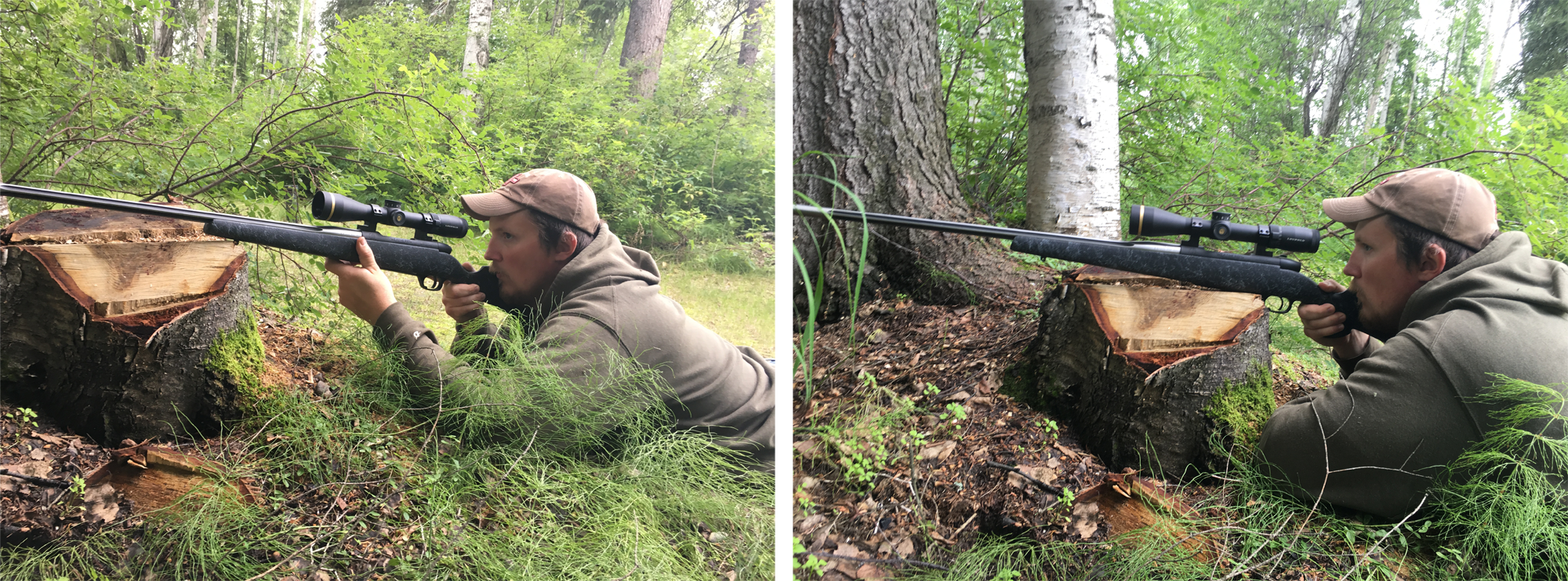
2. Get Solid
This is what I call “choking up” on your rest, and it can also can put your body closer to rigid support points, depending on the situation. Last year I rested my rifle on a rock to shoot my sheep, with the rest point so far back the trigger guard was pressing against the rock. This also allowed me to maximize contact with the rock, reducing my movement significantly and allowing me to make a good shot.
Any time you can brace yourself on something solid, you reduce the amount of movement your body puts into the rifle. A common field rest is up against the side of a tree. Instead of standing back and leaning into the rifle, try holding the rifle against the tree at the balance point and putting as much of your body in contact with the tree as you can. You’ll see how much more stable it is.
Once you get the basic principle, you can apply it to any number of situations.

